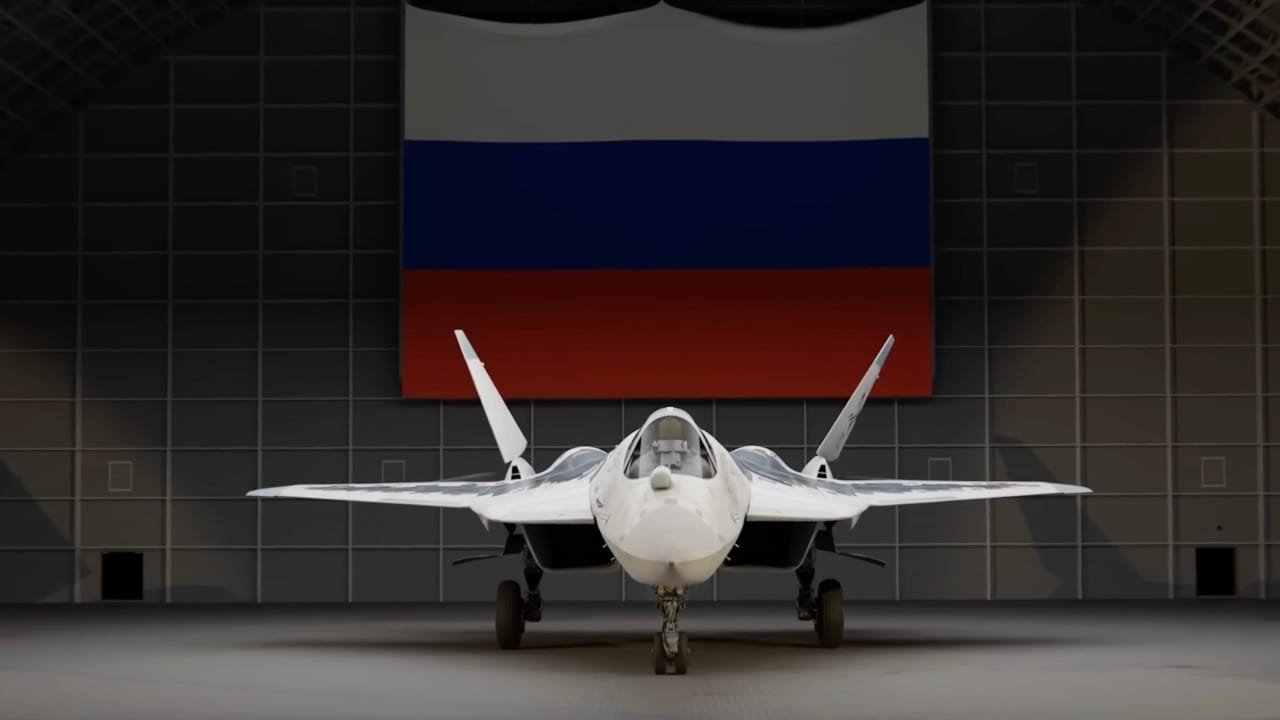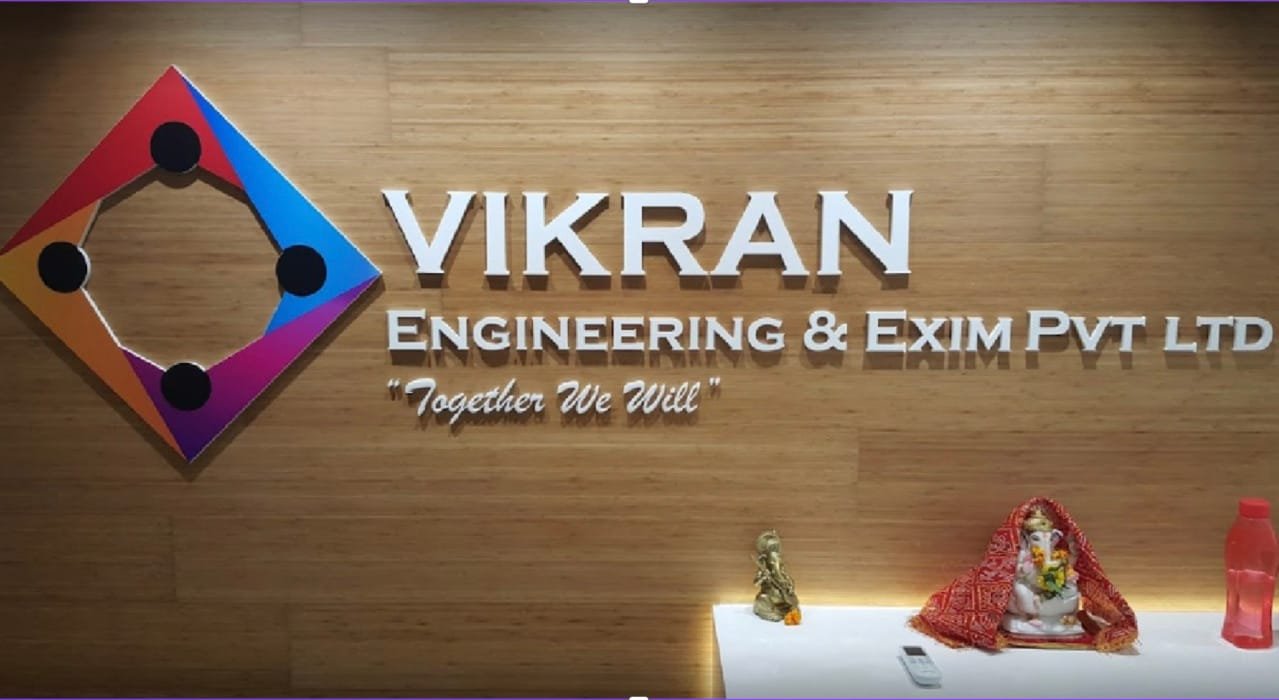India is at a crucial juncture in its defense modernization efforts. With increasing security challenges, especially from China, the Indian Air Force (IAF) needs advanced fighter jets to maintain air superiority. Russia has now offered India the Su-57E, the export version of its fifth-generation stealth fighter, along with full technology transfer for local production.
This deal could be a major boost for India’s “Make in India” and Aatmanirbhar Bharat (Self-Reliant India) initiatives. But is the Su-57E the right choice for India? Let’s break down the potential benefits, challenges, and strategic implications.
Why is Russia Offering the Su-57E to India?
India and Russia share a long-standing relationship in defense, built over decades of strategic collaboration and mutual trust. From the MiG-21 to the Su-30MKI, Russian jets have been the backbone of the IAF for decades. However, in recent years, India has diversified its defense purchases, buying French Rafale jets and American Apache helicopters.
Russia’s proposal to sell the Su-57E appears to be a move aimed at rebuilding trust and deepening its defense partnership with India.
Here are the most important points of the deal:
- Immediate Delivery of 20-30 Jets – Russia has proposed supplying ready-made Su-57Es to meet India’s urgent needs.
- Full Technology Transfer – India would get access to critical stealth, engine, and avionics technology.
- India is expected to begin local production within the next 3–4 years, with plans to build around 60 to 70 fighter jets domestically by the early 2030s.
- The Indian Air Force may outfit the Su-57E with homegrown weapon systems such as the Astra air-to-air missile and the Rudram anti-radiation missile.
- This deal could help India bridge the gap until its own Advanced Medium Combat Aircraft (AMCA)—a fifth-gen stealth fighter—is ready
Potential Benefits for India
Boost to “Make in India”
India is working to cut down its need for importing defense equipment from other countries. ILocal production of the Su-57E would support the Aatmanirbhar Bharat initiative by boosting domestic employment and strengthening India’s aerospace sector.
Access to Advanced Technology
The Su-57E could provide India with crucial know-how in:
- Stealth technology (radar-evading design)
- Advanced engines (though currently, the Su-57 uses older engines)
- Avionics and sensors (helpful for India’s AMCA program)
Faster Deployment Than AMCA
India’s AMCA is still in development and may take another decade to enter service. The Su-57E could be a stopgap solutionto counter China’s J-20 stealth fighters.
Strengthening Air Power Against China
China has been rapidly expanding its military presence near India’s borders. The Su-57E’s stealth and long-range strike capabilities could help India maintain an edge in aerial combat.
Also Read: UAE Launches Lifetime Golden Visa — Indians Can Now Get It for Just ₹23.3 Lakh!
Challenges and Concerns
While the deal seems promising, there are some concerns. Experts question if the Su-57 truly qualifies as a fifth-gen fighter, as its stealth may not match the F-35 due to a higher radar cross-section. The jet currently uses older AL-41F1 engines, with the advanced Izdeliye 30 engines still in development, potentially limiting its performance. India’s earlier FGFA project with Russia was canceled in 2018 over cost and tech-sharing issues, raising doubts about this new deal. There’s also the risk of U.S. CAATSA sanctions, though India has secured waivers before, like with the S-400 purchase.
Strategic Implications
The Su-57E deal carries several strategic implications for India. Firstly, it could help counter China’s J-20 stealth fighter, especially if Pakistan acquires it in the future—ensuring India maintains regional air superiority. Secondly, the deal allows India to continue its long-standing strategy of balancing defense partnerships between Russia, the West, and other allies like France and Israel. Lastly, access to advanced technology from the Su-57E could provide a boost to India’s indigenous fighter programs like the AMCA and Tejas Mk-II, reducing long-term dependence on foreign defense equipment.
Conclusion: Should India Go for the Su-57E?
The Su-57E deal presents both opportunities and risks. On one hand, it offers quick access to stealth technology, local production, and a counter to China. On the other hand, questions remain about its true stealth capabilities and engine performance.
If India secures strong terms—such as complete technology transfer, protection from potential sanctions, and assured future upgrades—the Su-57E could prove to be a strategic asset for the Indian Air Force. However, if the deal encounters setbacks like delays or unexpected expenses, India may find it more beneficial to prioritize its indigenous AMCA fighter project.
For now, the ball is in India’s court. This decision will influence not only the future of India’s air capabilities but also the course of its global defense partnerships for years ahead.
Final Thought
India needs a strong, stealthy, and reliable fifth-gen fighter—whether the Su-57E fits that role depends on how well the deal is structured. If implemented effectively, this move could significantly transform India’s defense landscape.
Disclaimer:
This article is based on publicly available information and ongoing media reports. Specifications, negotiations, and outcomes related to defense deals such as the potential Su-57E acquisition are subject to change as official announcements or agreements evolve. The content is intended solely for informational and educational purposes and does not reflect any official position of the Indian government or defense authorities.









